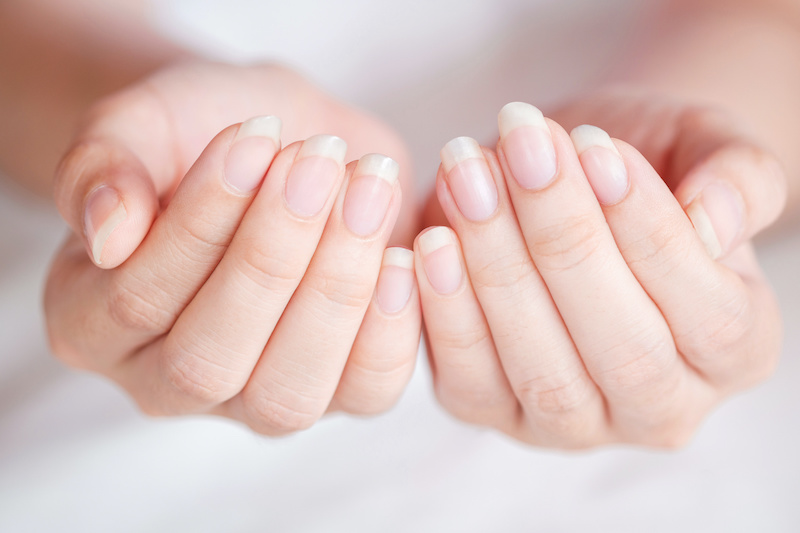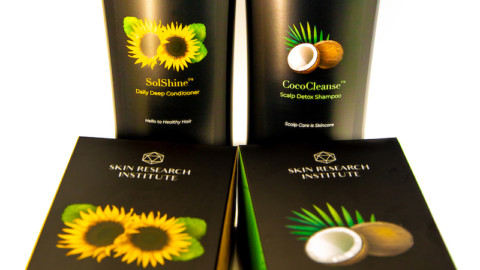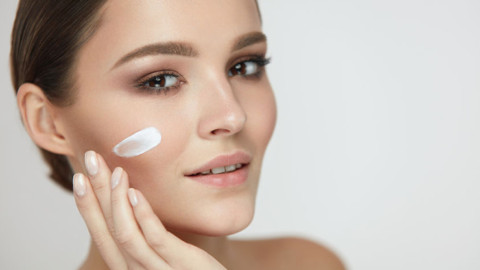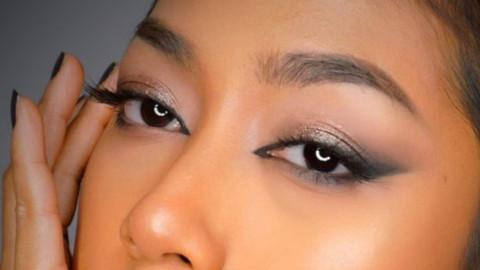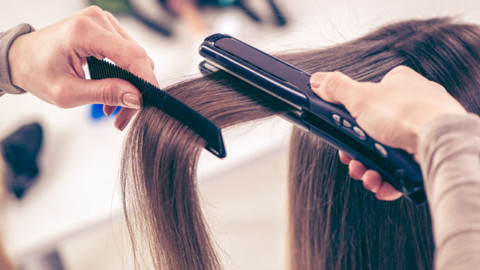I’ve always believed in the importance of good grooming. Clean and well-maintained nails not only look attractive, but can also say a lot about a person’s good hygiene and positive personal demeanor.
Whereas dirt underneath the nails might indicate that it’s been awhile since he last washed his hands, or chipped polish might lead some to believe that she’s too lazy to fix it. You get the idea.
But did you know that your fingernails can also present clues to your general well-being and act as reliable indicators of underlying ailments? Horizontal lines across the nails can be an observable marker of stress. Small cysts that grow around the cuticle can be a warning sign of arthritis. Rough, ridged nails can sometimes be a symptom of acute or chronic kidney disease. The list goes on, which makes you realize just how truly important your fingernails are to your overall health, and how important it is to keep them in good shape.
Nails are layers of structural proteins called keratin, and as we grow older, we produce keratin at a slower rate. Exposure to elements, such as hand-washing, cleaning agents, or a frigid winter day can all further lead to chipped, peeling and unsightly nails.
Here are a few ways to improve the condition of your fingernails and get you on track to growing strong and healthy nails:
Moisturize More Than You Thought
Moisturizing your nails and providing proper hydration can prevent them from becoming brittle and dry by shielding the nail plate from the everyday elements. It’s important to moisturize after partaking in these everyday activities, such as washing your hands, as you are essentially stripping them of moisture.
While a bottle of hand lotion is great for hydration throughout the day, cuticle oils work even better to get deep down into the nail bed, especially into the cuticles where the nail begins its growth.
Healthy nails go hand in hand with healthy cuticles. Don’t attempt cutting your cuticles on your own as that allows bacteria to enter the nail bed. Instead, use a soft cotton swab to gently push them back.
A great way to moisturize your cuticles is in an olive oil nail soak. Massage olive oil into your nail bed and cuticle, then let them sit soaking in a small bowl for 10 minutes. If you’re noticing an infection or fungus on your nail, tea tree oil is a great alternative to help heal and nourish.
Pop A Biotin Supplement
Peeling and breakage can be a telltale sign of biotin deficiency. Biotin is a B vitamin that helps support keratin levels, the foundation of the nail. In order to be effective in strengthening your nails, a minimum of 30 mcg must be taken daily.
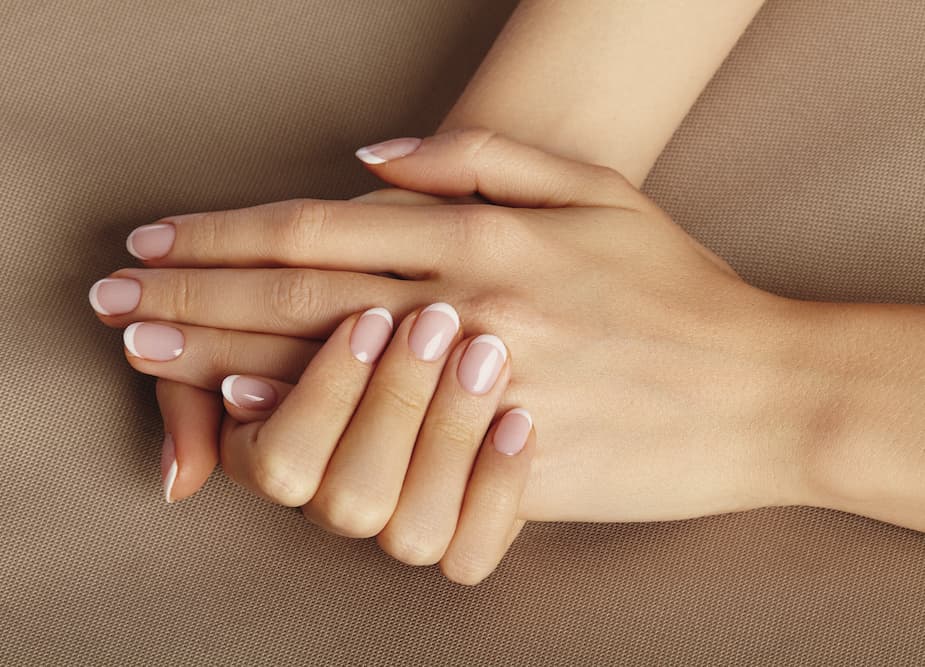
Stay Out Of The Water
Just to be clear, it’s imperative that you consume at least 8 glasses of water per day to promote healthy nail growth and prevent flaky, dry nails. Staying hydrated is key, but keeping your nails out of the water is equally as important to avoid split, brittle nails.
Persistent or prolonged contact with water invites bacteria to enter and start growing underneath the nail bed, so try to keep them as dry as possible. Wear gloves when washing the dishes, don’t take steaming hot showers, lay your hands outside the tub when taking a bath, and keep your fingers out of the pool or jacuzzi.
Lay Off The Polish
While most regular nail polish will slightly weaken the nails, they aren’t designed to wreak havoc on them. The damage is actually done when it comes time to remove the polish. The strong solvents in polish remover, especially acetone, dry out your fingernails. Always opt for an acetone-free polish remover to avoid the peeling and markings associated with acetone use. Or better yet, skip the nail polish every couple weeks and give your nails a chance to breathe.
Avoid gel and acrylic nails at all costs. In order to make them adhere to your nails, the technician buffs your nails to purposefully dehydrate them and remove their shine to make the polish last longer. Extreme buffing makes the nail exceedingly thin and fragile. Not only does this process weaken the nail, but in order to have the gel or acrylic removed, your nails must be soaked in acetone for 15 minutes or longer. If you try to pick or peel off the polish, the top layer of the nail is removed and you are left with frighteningly thin and dry nails.
To top it off, ultraviolet light is used to dry them, and just like the UVs from a tanning bed, they can be a risk factor for cancer.
Eat Up
Noticing a few white spots on your fingernails? Maybe it’s time you indulged in a dozen oysters? Small white spots on your nails can be a sign of a zinc deficiency, and oysters and other shellfish are a delicious source of zinc!
Since your nails are primarily composed of the keratin protein, added protein from red meat and eggs can help your fingernails repair and speed up growth. Nuts are another great source of protein (and also biotin), as are lentils and quinoa.
Fish is jam packed with omega-3 fatty acids which can make your nails healthy and strong, or look for strength in spinach and other leafy greens that are filled with calcium and iron to accelerate the growth.
Nails looking a little dull? Find time to fit in some orange and yellow vegetables like sweet potatoes and carrots, and allow their composition of vitamin A and beta-carotene to bring on the shine.
I guess it’s true what they say, especially when it comes to your fingernails – you are what you eat!

